
In this article, we delve into the relationship between anxiety and retained primitive reflexes, offering valuable insights. Mindful Moves presents a variety of resources, including courses, neurofeedback, movement programs, and strategies for stress relief. It’s important to note that Mindful Moves does not function as a healthcare provider, and our materials and services are not intended for diagnostic purposes. We aim to support teachers and parents, sharing valuable tools. We also offer Profile Sessions that enhance their understanding of retained primitive reflexes and the associated brain patterns or phenotypes. This article is intended solely for educational purposes. If you’re interested in learning more about our services, feel free to reach out to us directly.
Fine motor skills play a crucial role in paving the way for our children’s independence. Consider how often you rely on the smaller muscles in your hands, feet, and even in your eyes, lips, and mouth throughout your day. From fastening your jacket to opening your lunch box and chewing your food while your eyes dart around, these skills are essential for handling smaller objects with precision. However, many parents may not be aware that retained primitive reflexes can hinder their child’s ability to develop and master these skills, which are vital for success both in school and in everyday life.
The following are issues resulting when retained primitive reflexes get in the ways of fine motor development:
- Handwriting challenges
- Difficulty grasping objects
- An unusual grip on pencils, whether too light or too tight
- Struggles with scissors
- Inability to clap in time with a rhythm
- Confusion between right and left hands
- Clumsy or uncoordinated hand and finger movements
For fine motor skills to flourish, it’s essential that primitive reflexes are integrated. This integration allows gross motor muscles to function properly, strengthening the child’s ability to control their body and posture, ultimately leading to the development of fine motor skills.
When do Primitive Reflexes fail to integrate?
Primitive reflexes are automatic movements that develop in the womb, playing a crucial role in a child’s survival and helping them achieve essential movement milestones. By the time a child reaches the age of one, these reflexes should have integrated, as the brain matures and takes over with voluntary movements. If you notice your child hitting milestones too early, too late, or missing them altogether, it could indicate that their nervous system, brain, and body are not developing properly. Parents should familiarize themselves with the milestone checklist to closely monitor their child’s development. Unfortunately, some checklists have been modified because many children are not reaching these milestones as they once did. This has led to a ‘new norm’ that some professionals accept, often overlooking the implications this has on primitive reflexes and overall development.
How does Retained Primitive Reflexes lead to brain imbalances?
Dr. Robert Melillo frequently discusses in his writings and interviews how primitive reflexes can disrupt brain development, causing children to form stronger neural connections on one side of the brain. This imbalance can result in what is known as ‘Functional Disconnection Syndrome,’ where communication between the left and right hemispheres is compromised. Since nearly all activities require coordination between both sides of the brain, this condition presents significant challenges for affected children.
Dr. Robert Melillo clarifies that the right hemisphere of the brain is primarily responsible for gross motor skills, whereas the left hemisphere plays a crucial role in fine motor skills.
Fine motor and the brain.
Dr. Daniel Amen links fine motor difficulties to imbalances within the basal ganglia, a group of structures located at the brain’s core. These structures encircle the limbic system and play a crucial role in coordinating movement, thoughts, and emotions. Additionally, they are key players in habit formation and the regulation of motivation.
It’s fascinating to discover that problems with the basal ganglia’s functioning can lead to tremors. In the realm of neurofeedback, we often examine the activity in the central strip, which encompasses both the primary motor cortex and the primary somatosensory cortex. Many individuals struggle with insufficient medium brain frequencies in this area, which can hinder the connection between the body and mind, resulting in less fluid movement. Notably, medium brain waves serve as a filter, sifting through excess sensory input. This might shed light on why those with concentration difficulties often face challenges with handwriting. Interestingly, when individuals take stimulants that temporarily elevate brain frequencies, they frequently experience improvements in both their handwriting and focus.

What can it mean if I only battle with fine motor when stressed?
One additional factor that can impact fine motor skills is when an individual experiences a ‘blocked hand’ during stressful situations. Assessments reveal that everyone has their distinct patterns of behavior when under pressure, highlighting how their brain and body coordinate in those challenging moments.
In our profiling process, we often identify instances of cross-dominance, which can significantly influence an individual’s hand-eye coordination. This aspect is particularly crucial, as both reading and writing heavily rely on effective hand-eye coordination skills.
What pencil grip is age appropriate?
One significant challenge we face when engaging with children is the widespread lack of understanding regarding what is developmentally appropriate for their age. Many individuals fail to recognize the importance of honoring the developmental process, which is vital for both physical and cognitive growth. Children are often judged against standards they have not yet achieved, leading to evaluations based on inaccurate information. This misalignment can set them up for failure, resulting in a detrimental and enduring effect on their self-esteem. When children feel insecure, they are less inclined to take risks and may become disengaged in the classroom.
Recognizing age-appropriate milestones and assessing whether your child is truly struggling with fine motor skills is crucial. It’s essential to examine the primitive reflexes that might be influencing the development of these muscles, along with considering how brain activity could be playing a role in this process.
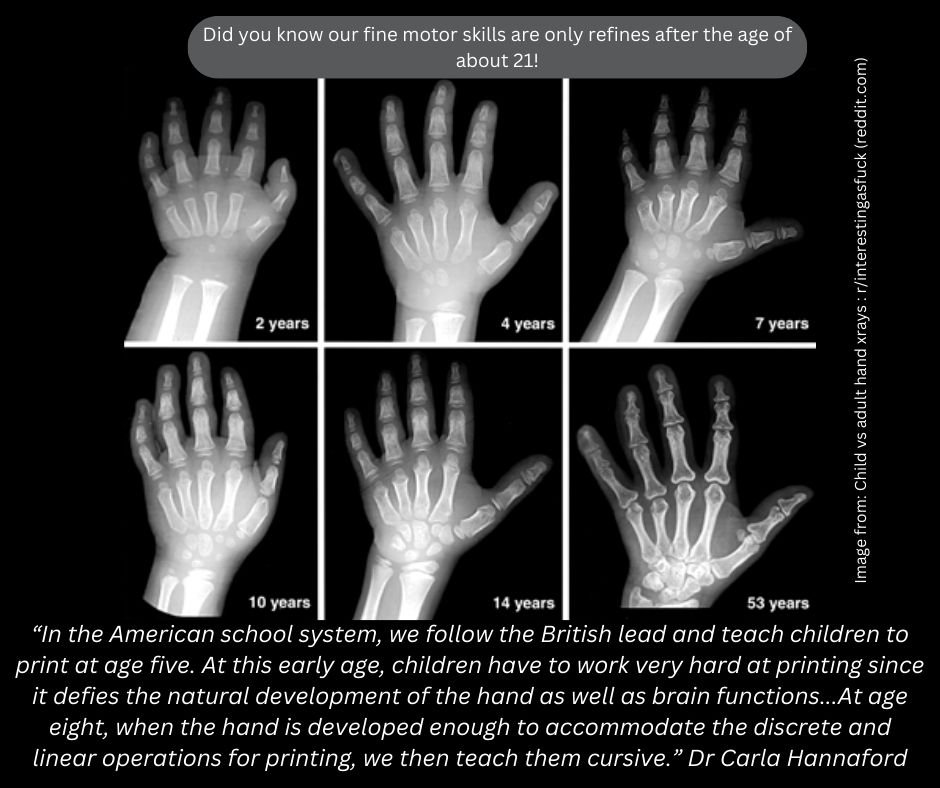
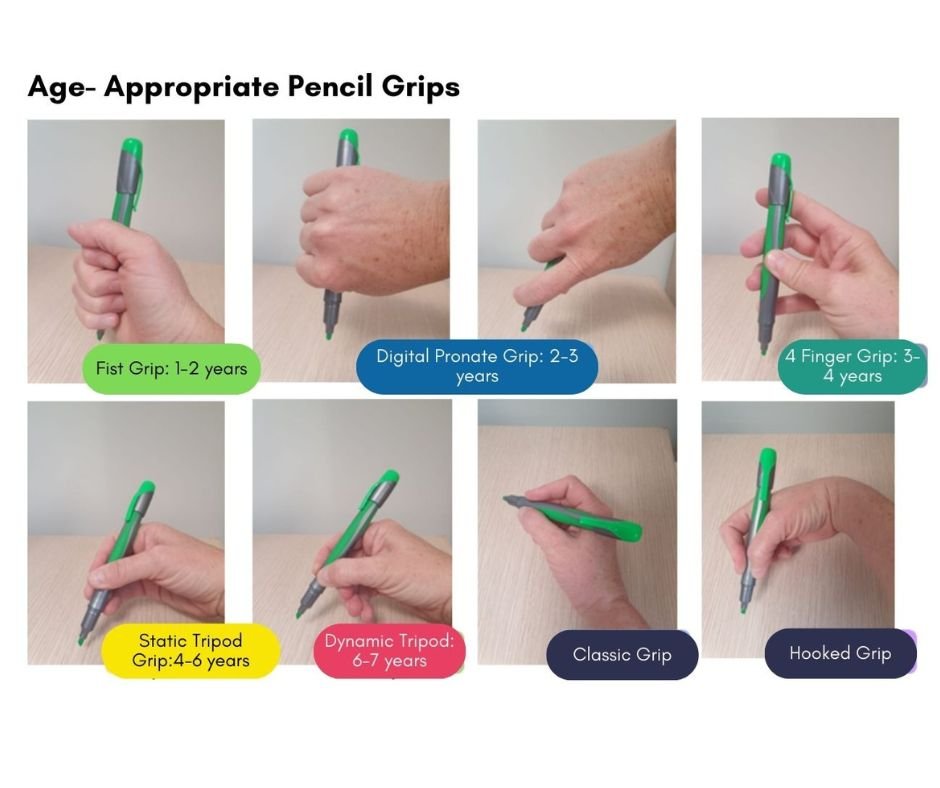
Devices may be negatively affecting your child’s fine motor skills.
In our modern world, we face challenges with gadgets and applications created by entrepreneurs rather than experts in child development. These tools often overlook the negative impact of excessive screen time and the consequences of introducing writing too early. Moreover, many devices and educational apps fail to recognize the importance of hands-on learning, such as manipulating puzzle pieces and various shapes, which is crucial for developing fine motor skills like the pincer grip.
TV and brain.
In his insightful book “Disconnected Kids,” Dr. Robert Melillo highlights a concerning trend: prolonged screen time, whether in front of a television or a device, can lead to muscle atrophy and reduced muscle tone. This decline in muscle tone can diminish stimulation in the prefrontal cortex, the brain region crucial for the executive functioning skills that children rely on in their academic pursuits. Dr. Melillo points out that for every hour a child spends watching TV each day, their risk of developing ADHD increases by a staggering ten percent. The accompanying illustrations that depict children’s fine motor skills may prompt you to rethink the significant effects that excessive screen time can have on our children’s ability to concentrate and develop essential fine motor skills.
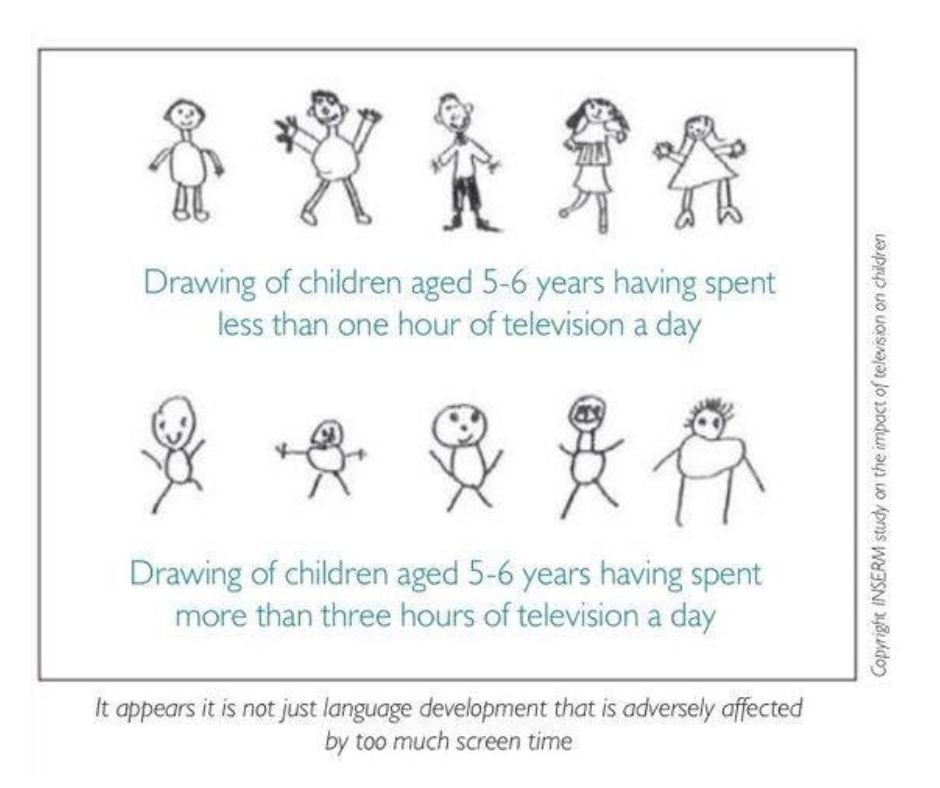
Fine Motor muscles include smaller muscles in the eyes and mouth.
Fine motor skills encompass the not only the hands and feet but smaller muscles in our lips, tongue, and eyes, directly influencing our reading and writing abilities. This connection makes it essential to address these skills. The small muscles in our mouths play a crucial role in articulation, which in turn supports phonics and language development. Additionally, our eyes are vital for hand-eye coordination and teamwork skills necessary for effective reading. Furthermore, research indicates a neurological link among the hand, foot, and mouth, highlighting the interconnectedness of these areas in developing fine motor skills.
The importance of noticing all retained Primitive Reflexes.
When we talk about reflexes that influence a child’s fine motor skills, it’s essential to recognize that these reflexes shouldn’t be addressed in isolation. It’s vital to assess an individual comprehensively, identifying which reflexes are active and determining if any have yet to develop. At Mindful Moves, we implement programs that acknowledge the environment in which primitive reflexes arise and integrate, understanding that they play a significant role in overall development. Our approach follows a deliberate sequence, observing how these reflexes impact the entire system.

Primitive Reflexes related to the eyes.
Primitive reflexes that relate to smaller muscles in the eye:
- The Tonic Labyrinthine Reflex (TLR) affects eye teaming
- The Symmetrical Tonic Neck Reflex (STNR) affects near-to- far vision such as board to book work
- The Asymmetrical Tonic Neck Reflex (ATNR) affects crossing the midline both in the body and visually.
Primitive Reflexes related to the mouth.
When a child experiences a lack of amniotic fluid during pregnancy, they may retain certain reflexes. Additionally, bottle feeding could play a role in the persistence of these reflexes. These primitive reflexes are particularly associated with the smaller muscles in the mouth.
- The Root Reflex- finding mom’s breast
- The Suck Reflex – sucking the milk
- The Tongue Thrust- pushing food to the back out of the mouth when necessary
- The Swallow Reflex- to swallow food
- and the Gag Reflex- To expel food when need be
When these factors disrupt muscle development and hinder the coordinated movements of the mouth, they can affect speech and articulation, which may also impact the ability to learn phonics for reading and writing.
Primitive Reflexes and the hand and foot.
To improve hand reflexes, it’s important to also focus on foot and mouth reflexes, as they are interconnected in the brain.
- The Palmer Reflex- fingers pull in when palm in touched
- The Babkin’s Reflex- links hand foot and mouth reflexes
- The Plantar Reflex – affects writing grip and tactile hypersensitivity
- The Babinski- affects articulation and may lead to the mispronunciation of words
The TLR
The TLR, or Tonic Labyrinthine Reflex, provides insight into its functions just by its name. The term “tonic” helps us grasp its significance in maintaining tone, while “labyrinthine” points to its connection with balance. For infants, achieving head control is crucial for the development of the muscles necessary for crawling, standing, and eventually walking. The TLR plays a significant role in posture, and if it is retained, it can lead to issues such as low muscle tone or a rigid body. Poor posture can hinder a child’s visual abilities; an unstable head can result in shaky vision, which may lead to difficulties in visual perception.
The STNR
The STNR plays a crucial role in facilitating rhythmic and coordinated movements, as well as influencing eye focus and posture during activities like reading and writing. If you observe your child sitting in a ‘w’ position, it may indicate that this reflex has not fully integrated. You might also see them wrapping their legs around the chair or propping their legs up on the couch. For children who tend to ‘w sit’, it’s beneficial to encourage them to sit sideways with both legs bent to one side or to adopt a kneeling position. The STNR also affects the development of near-to-far vision or board to book work.

The ANTR
Understanding the asymmetrical tonic neck reflex is crucial for grasping its significance in a child’s development. The term “asymmetrical” highlights its connection to one side of the body, while “tonic” refers to the muscle tone observed in the neck. This reflex plays a vital role in assisting infants as they navigate through the birth canal. When a baby turns their head, the arm and leg on the same side extend, while the opposite arm and leg bend, facilitating movement. This reflex is essential for fostering cross-pattern movements, also known as crossing the midline. This concept applies not only to the body but also to the fine motor skills of the eyes, ears, and limbs. A child’s ability to cross the midline is crucial for activities like drawing and writing, and difficulties in this area can lead to issues such as letter and number reversals. It’s estimated that 50% of children with dyslexia have an active ATNR. Additionally, the development of the neck, shoulders, and arms is influenced by this reflex, and maintaining good posture is key to providing the stability needed for children to refine and explore their fine motor skills.
The Mouth Reflexes
The mouth reflexes encompass several key actions: rooting, sucking, swallowing, tongue thrusting, and the gag reflex. The rooting and sucking reflexes are essential for infants, guiding them to turn their heads toward the breast for nourishment. Meanwhile, the tongue and sucking reflexes work together to stimulate milk flow and facilitate feeding. If these reflexes persist beyond infancy, it can lead to issues such as excessive drooling or a forward-positioned tongue, which may contribute to dental complications. Additionally, these lingering reflexes can result in challenges with speech and articulation. Children exhibiting these behaviors often have a tendency to explore objects by putting them in their mouths, leading to chewing on nails and other items. As they grow into adulthood, individuals with these reflexes may find themselves more prone to smoking habits.
The close connection between the hand and mouth means that lingering mouth reflexes can influence the development of fine motor skills.
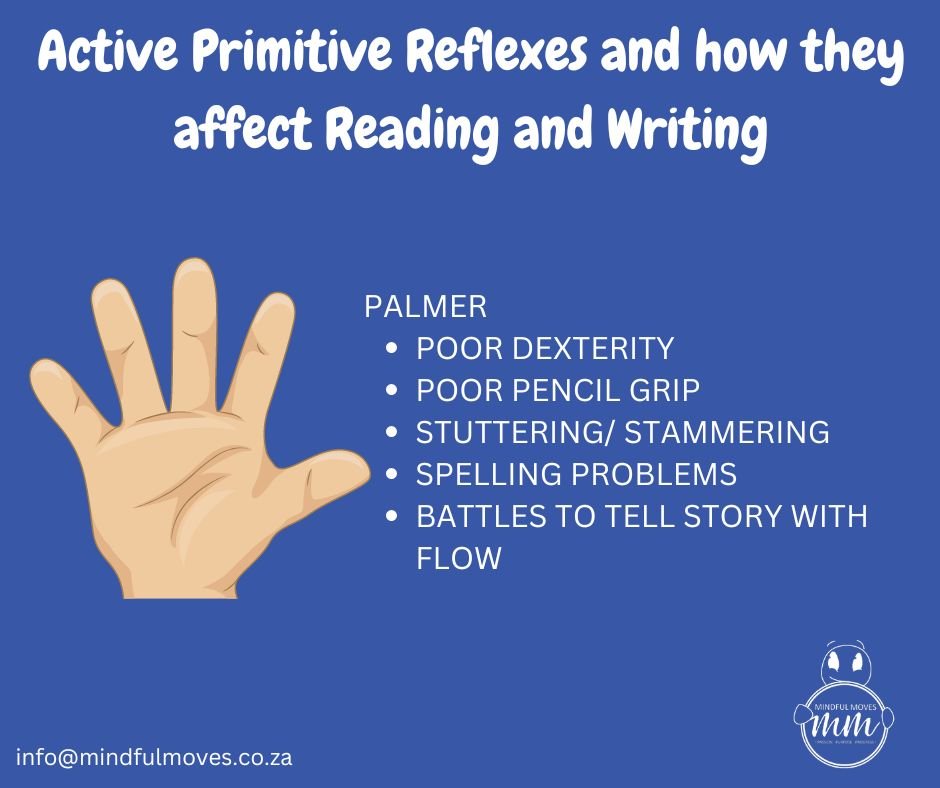
The Palmer Reflex
The palmer reflex is a natural response where the fingers curl inward when the palm is stimulated. If this reflex persists, it can hinder a child’s ability to hold a pencil properly, often resulting in an overly tight grip. This can significantly impact their pencil control and fine motor skills. Additionally, children may struggle with dexterity, making it difficult for their index finger and thumb to function independently while writing.
The Plantar Reflex
The plantar reflex is a natural response where the toes curl inward when the ball of the foot is pressed. If this reflex does not diminish by the time a child reaches 7 to 9 months, it can lead to delays in walking. Additionally, these children might struggle with wearing socks and shoes. In adulthood, this can manifest as lower back pain and weakened ankles. Having the ability to place your feet firmly on the ground is essential for maintaining a sense of physical stability and connection.
The Babinski Reflex
The Babinski reflex is characterized by the toes spreading apart when the foot is stroked from the heel towards the toes. This reflex plays a crucial role in a person’s stability, balance, and connection to the ground. Children who still exhibit this reflex may tend to walk on the outer edges of their feet. This may affect their hip later on in life. The Babinski reflex can influence articulation, potentially resulting in the mispronunciation of words. This, in turn, may affect a child’s reading and writing skills in the future.
The Amazing Babkin Reflex
The Babkin reflex is an intriguing hand reflex that connects the movements of the mouth, hands, and feet. This connection becomes evident when we observe children engaging in activities with their hands; often, their mouths will mimic those actions. Such behavior indicates a retained Babkin reflex. For instance, during infancy, when a baby is breastfeeding, you can see their hands kneading the breast to encourage milk flow, while their toes may curl simultaneously. If this reflex persists into later childhood, you might notice that children tend to move their mouths while writing, coloring, or cutting. In adults, this can manifest as jaw clenching, which is a subconscious attempt to manage mouth movements. This tension can extend down the neck and into the arms, potentially contributing to conditions like carpal tunnel syndrome.
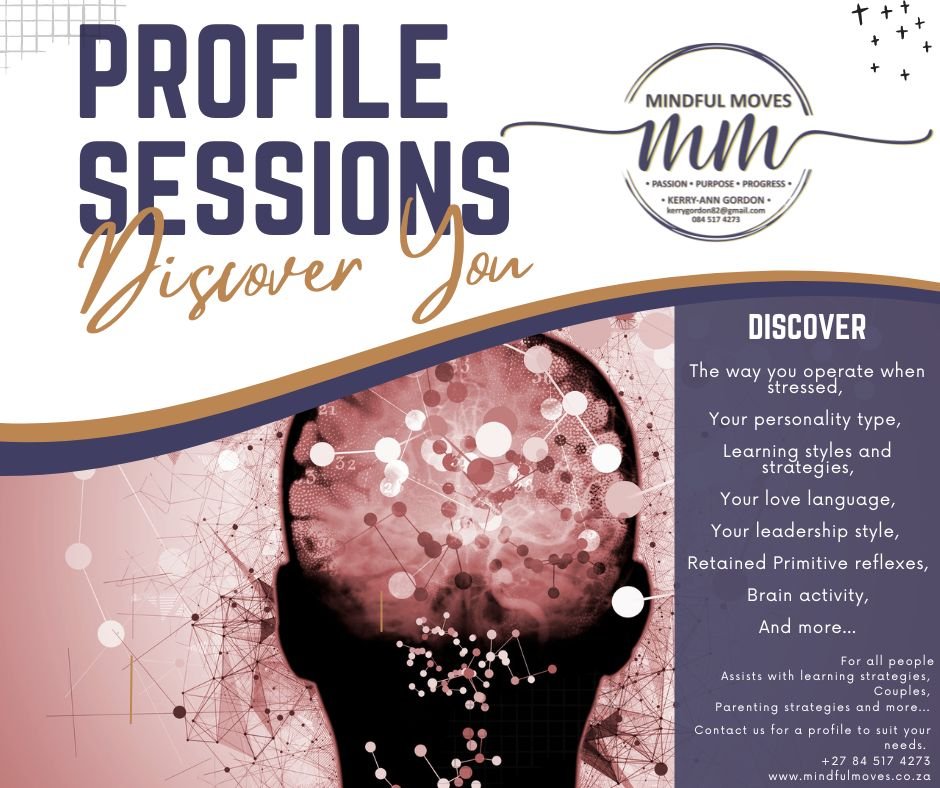
Where to start.
This may all seem a bit daunting, but the solution is simple: schedule a profile session with us. During this session, we will conduct a thorough physical assessment of your child. At Mindful Moves, we provide home programs that guide parents in helping their children engage with a structured approach to developing primitive reflexes in the correct sequence. We also encourage you to contact us to learn more about our neurofeedback and brain training sessions. It’s crucial to recognize that these reflexes must be addressed in a way that promotes their integration. When discussing your child’s fine motor skills, primitive reflexes should be your starting point. Often, these reflexes can hinder the development of movement patterns that are essential for success in the classroom, ultimately allowing your child to focus more on learning.
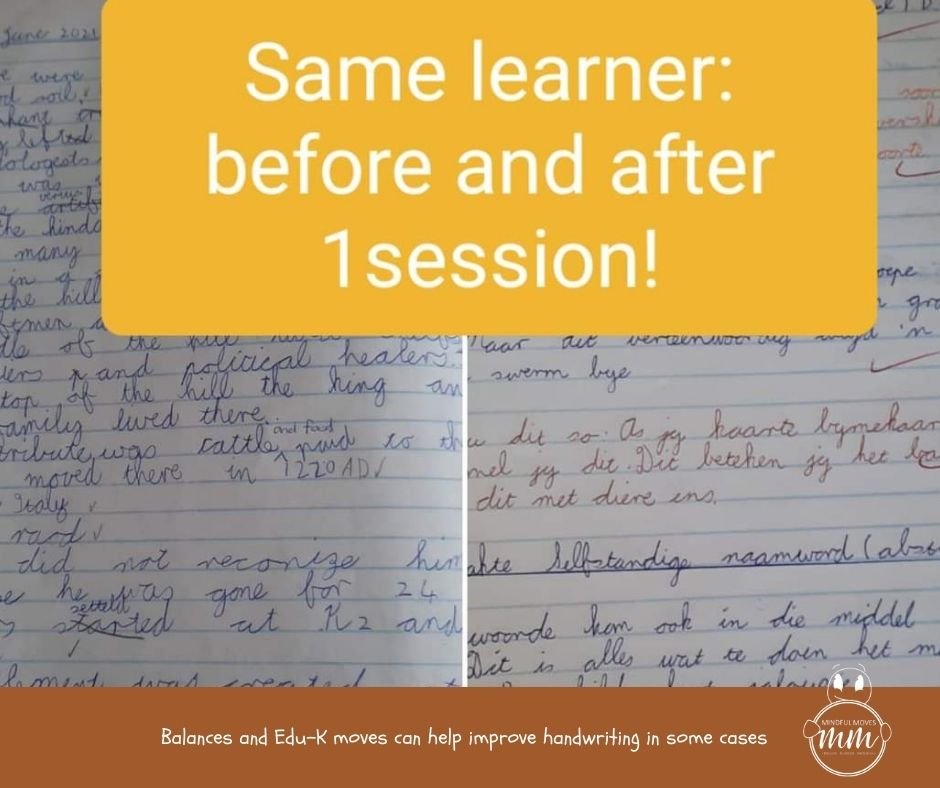
Balances
Mindful Moves provides excellent balance sessions and exercises designed to enhance a child’s handwriting skills. These activities are particularly beneficial for those who struggle with writing or fine motor skills due to limiting beliefs and stress. Our movements effectively warm up both the body and the brain, activating different areas essential for writing. We observe significant improvements in children who do not have primitive reflex issues but require techniques and movements to promote better flow and engagement.
Contact us
If you have any questions or would like to find out more about our services, you are welcome to contact us.
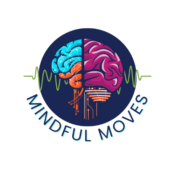
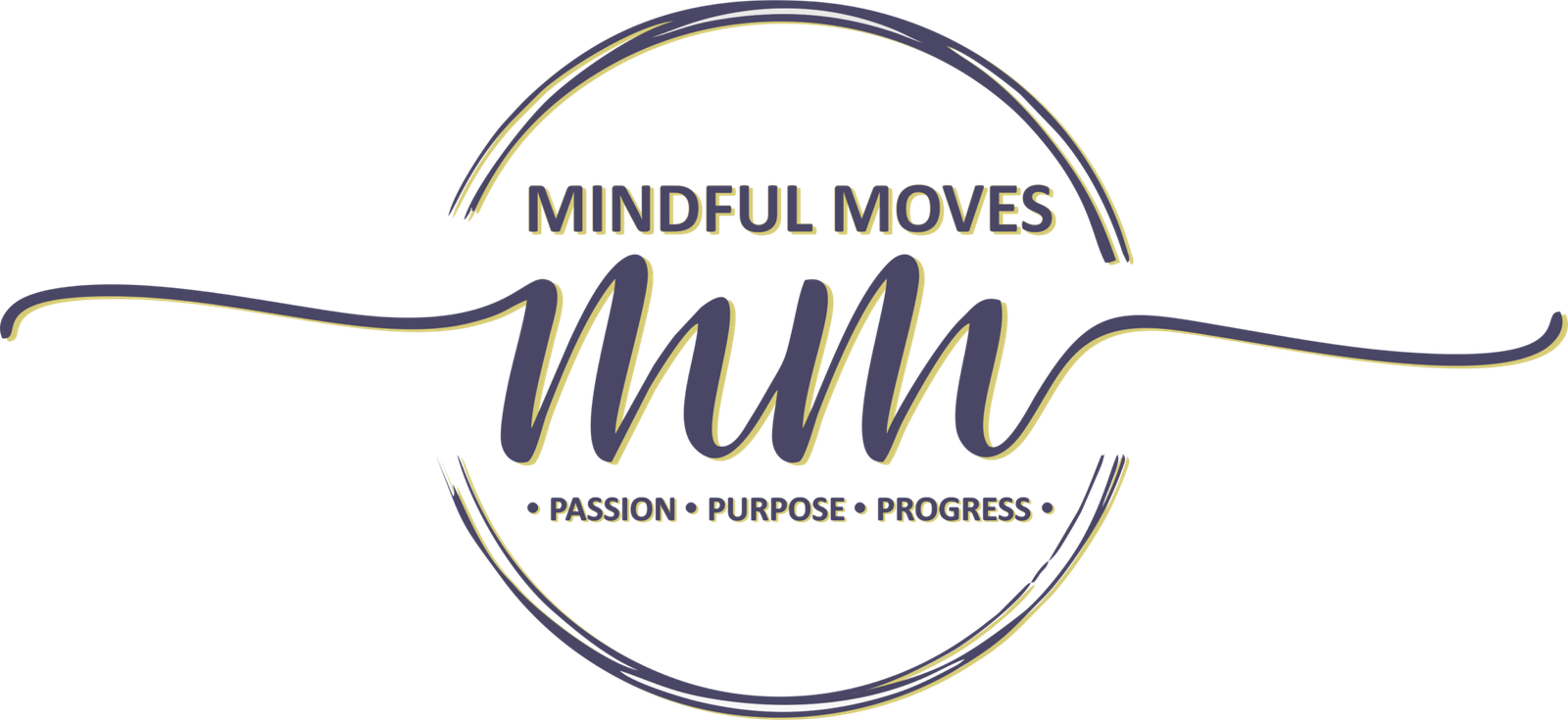
1 thought on “Are Retained Primitive Reflexes affecting your child’s fine motor skills?”
I’d love to help my child to learn through this app.